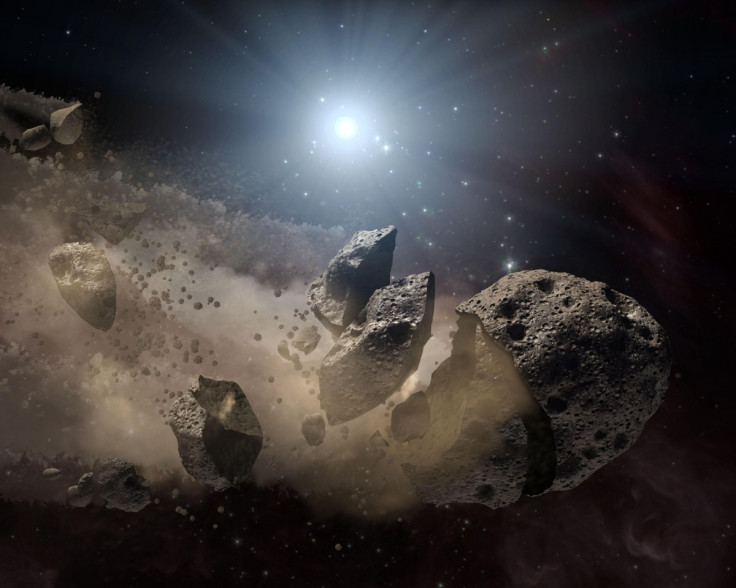Astronomers Discover Tiny Star Getting Pounded by Asteroids

A tiny star 37,000 light years from Earth is constantly getting pounded by asteroids, astronomers have discovered.
The neutron star (or pulsar), PSR J0738-4042, was identified using Australia's Commonwealth Scientific and Industrial Research Organisation (CSIRO) Parkes telescope and another based in South Africa.
They found huge lumps of rock from space batter the tiny star, with one rock found to have a mass of about a billion tonnes.
Ryan Shannon, one of the astronomers at CSIRO who identified the star, said their findings are "exciting" because of the possibilities raised by asteroids forming so far away.
The environment surrounding the star is extremely harsh, with high levels of radiation and violent winds of particles.
"If a large rocky object can form here, planets could form around any star. That's exciting," Shannon said.
PSR J0738-4042 is in the constellation of Puppis. In 2005, the star issued two distinct signals and astronomers discovered the pulsar's spin rate had been altered abruptly.
Researchers found that a huge mass dropped into the pulsar's magnetosphere and was shredded like food in a blender.
These particles then got trapped in the magnetic field, Discovery reported.
As the star spins, its radio beam flashes over earth regularly. In 2008, the researcher predicted that an asteroid would affect a pulsar - a star that emits a beam of radio waves.
They said it would slow the spin rate and shape of the radio pulse seen on Earth: "That is exactly what we see in this case," Shannon said.
"We think the pulsar's radio beam zaps the asteroid, vaporising it. But the vaporised particles are electrically charged and they slightly alter the process that creates the pulsar's beam."
Researchers believe asteroids around the star could be created by the exploding star that formed the pulsar itself. Material blasted out could fall back in, producing a disk of debris.
Study leader Paul Brook said: "This sort of dust disk could provide the 'seeds' that grow into larger asteroids."
© Copyright IBTimes 2025. All rights reserved.






















